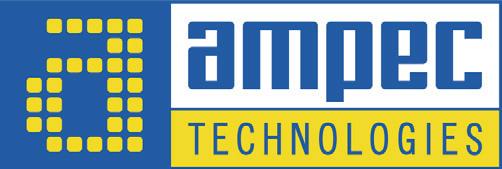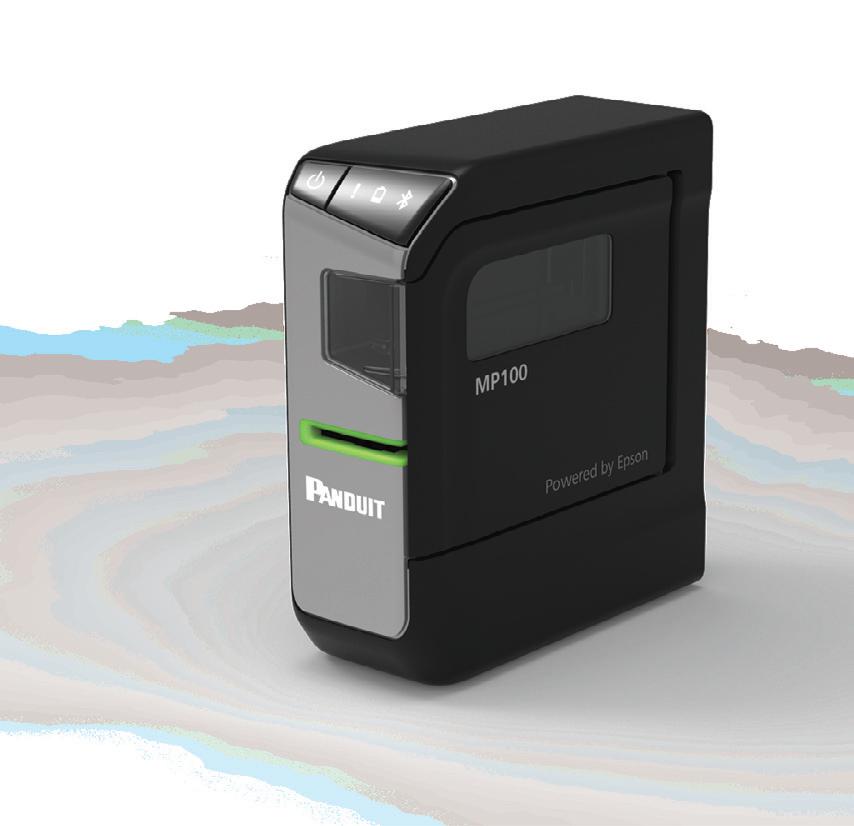
8 minute read
News
2020 A BOOM YEAR FOR ROOFTOP SOLAR
The Australian solar industry defied expectation and the economic challenges of COVID-19 to install a record-breaking 5000 MW of solar power in 2020 — equivalent to almost 15 million average solar panels — new analysis by solar industry consultancy SunWiz has found.
With every state and territory except Tasmania smashing records for the volume of solar panels and system size installed, Australia now has 20,000 MW of solar capacity nationwide — up from 15,000 MW in 2019.
Australia led the world in uptake of solar on a per-capita basis and this follows a record year for installations in 2019. The annual growth rate for rooftop solar has exceeded 33% for the past four years, and accelerated in 2020.
“The number of Australians installing rooftop solar systems increased by 40% compared to 2019 levels,” said Warwick Johnston, Managing Director of SunWiz.
“The COVID-19 pandemic had major impacts on Australia’s economy, but the benefits of solar were strong enough to help the industry overcome challenges including supply shortages from China, lockdowns stopping installation in Victoria and economic uncertainty.
“In fact, the pandemic had an overall positive impact for the industry as people staying home more turned to solar to help reduce their electricity bills,” said Johnson.
Commercial growth slowed, partly due to COVID-19’s impact on the broader economy and business finances, but corporate power purchase agreements and green hydrogen provided optimism for the future, with megaprojects on the horizon — including the 14,000 MW SunCable and the 26,000 MW Asian Renewable Energy Hub.
Utility-scale battery projects also became commonplace as state governments worked towards meeting their net zero emissions targets, with Renewable Energy Zones, purchasing price agreements and subsidies.
“It’s an exceptional time to be working anywhere in the Australian rooftop solar supply chain, and things will only get better as solar system prices continue to hit record lows and momentum builds on reducing emissions to tackle climate change” Johnson said.
SunWiz provides market intelligence for the solar sector; visit the website to learn more www.sunwiz.com.au.

©stock.adobe.com/au/suthisak ©stock.adobe.com/au/Gyula Gyukli
NEW STANDARDS TO FUTUREPROOF THE POWER SYSTEM
The Australian Energy Market Commission (AEMC) has announced that new compulsory standards are on the way for household energy technologies that connect to the power system, including solar panels.
“These new minimum technical standards are part of a raft of changes we are looking at to futureproof the power system so it can confidently handle more solar,” said AEMC Chief Executive Benn Barr.
“The rapid uptake of solar means we must act now to make sure this technology and the system it uses work hand in hand.
“We need to keep pace with the change underway — nearly three million households and small businesses have taken up solar, and the demand for household batteries and electric vehicles will increase over time.
“These new standards allow us to do two important things at once: welcome more new technologies into the power system and at the same time help protect grid stability. The more we keep the system stable, the more solar we can connect up and the faster we can decarbonise,” he said.
The new standards will apply to inverters and will ensure that household energy systems won’t trip or disconnect when there are voltage disturbances on the network.
The change is forward-looking rather than retrospective, and so will apply only to new and upgraded systems rather than existing ones. It applies to all jurisdictions in the National Electricity Market and will take effect from December 2021.
The Energy Security Board is also considering the issue of integrating distributed energy resources, with recommendations for public consultation due next month.
“It’s imperative that we make sure the right structures are put in place to support a whole new energy mix and a very different looking power grid than the one we’ve relied on in the past,” Barr said.
The new standards follow a rule change request from the Australian Energy Market Operator (AEMO) seeking to set up a framework for AEMO to set minimal technical standards.
The AEMC has decided to use existing rules and industry frameworks rather than establishing a new set of arrangements, because it will be faster and less costly to implement. This means the standards will more quickly be able to address the concerns of the Energy Security Board and AEMO about the impact that inverters tripping can have on the total power system.
The December launch date will mean manufacturers will have enough time to prepare for the change. The new framework will also be flexible, so that changes to the Australian standards over time will automatically apply.









©stock.adobe.com/au/auremar

TRADIES START A CONVERSATION AROUND MENTAL HEALTH
Brisbane-based social enterprise and workwear brand TradeMutt has launched its new non-for-profit organisation: This Is A Conversation Starter (TIACS). The service is aimed at tradies, truckies, bluecollar workers and their families, and helps continue the conversations that TradeMutt’s funky work shirts have started across the nation.
Since March 2018, the eye-catching shirts have taken the blue-collar community by storm and amassed the support of over 42,000 tradies across Australia, many of whom wear their bright-coloured work shirts every Friday to help start conversations about mental health.
Co-founders and carpenters by trade, Ed Ross and Dan Allen decided to launch the brand after Allen lost a close mate to suicide.
After their early success starting public and cultural conversations, launching the TIACS text and call service, the first of its kind in Australia, to continue these conversations at a private and clinical level seemed like the natural next step.
So far, the service has provided 1000+ hours of mental health support and employs two full-time psychologists.
“We have been blown away with the positive feedback, as well as the stories of people showing vulnerability once they know what the shirts are about,” said Ross.
However, the brand has no plans to stop any time soon and, with 5% of profits from every garment sold going directly to TIACS, the boys are hoping that the launch of their new line of workwear will continue to bolster the ‘Funky Friday’ movement across worksites all around Australia.
TradeMutt’s new collection, ‘Retrospective’, is the latest colourful offering from the brand, with a nostalgic Aussie feel that is designed to inspire tradies to reflect on the last year, embrace new challenges and look ahead with a positive perspective.
Catering to tradies who require day/night rated workwear as well as those who don’t, the new collection has three new prints in five styles.
With print names such as T.I.E. (Take It Easy), Whoopsie Daisy and Open Road, each with a unique story, the shirts are bound to start conversations about learning how to take it easy on ourselves and others, owning up to our mistakes and learning to let go and enjoy the moment.
The Retrospective collection is limited edition and launched on 3 February 2021.
SMART HOME TRAINING ON OFFER

Smart Home Week 2021
WHEN: 22– 25 June 2021 CEDIA Smart Home Week WHERE: Victoria — details available on comprises four full days of registration. comprehensive training and COST: $999 for members of ACRS, TITAB education. or NECA; $1199 for non-members + $200 This week exposes (optional) CIT exam coupon. Charges attendees to the ins and include four days of training, catering and outs of home automation a CIT textbook. technologies, giving them the skills and knowledge needed to incorporate home automation into their business offering in order to develop new revenue opportunities. After completing the four days of in-person training, participants are ready to sit the CEDIA Cabling & Infrastructure Technician (CIT) For many home owners, the local electrician or cabler is the first Certification exam. The exam can be taken online or at one of the port of call when considering smart home technologies. Awareness 12 Kryterion examination centres in six states. of smart devices and home automation systems is growing, giving Attendees will be among the first people to experience the new electricians and cablers the opportunity to capitalise on what is education offering in Australia, giving them a competitive edge in quickly becoming an essential utility in today’s homes. this fast-growing industry.
In order to offer your clients a truly customised solution — and Should participants wish to pursue further certification, books to maximise business potential — you need to know what you’re and other training resources will be available to purchase at CEDIA talking about. member pricing.
CEDIA has introduced new training initiatives for Australian To register, visit the CEDIA website: cedia.net/education-events/ electricians and cablers. education/asia-pacific/australia-smart-home-week.










